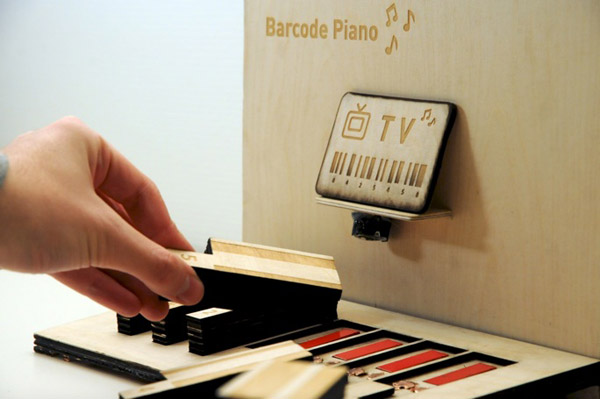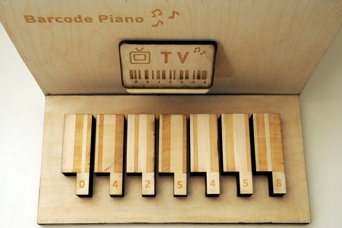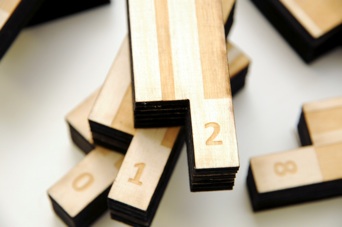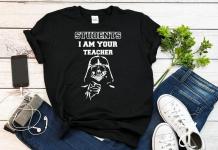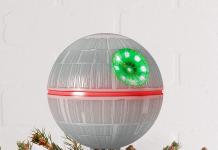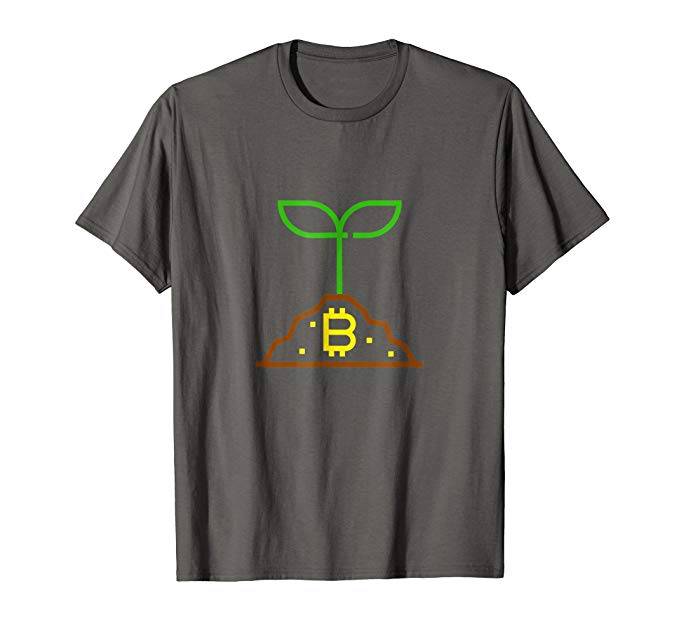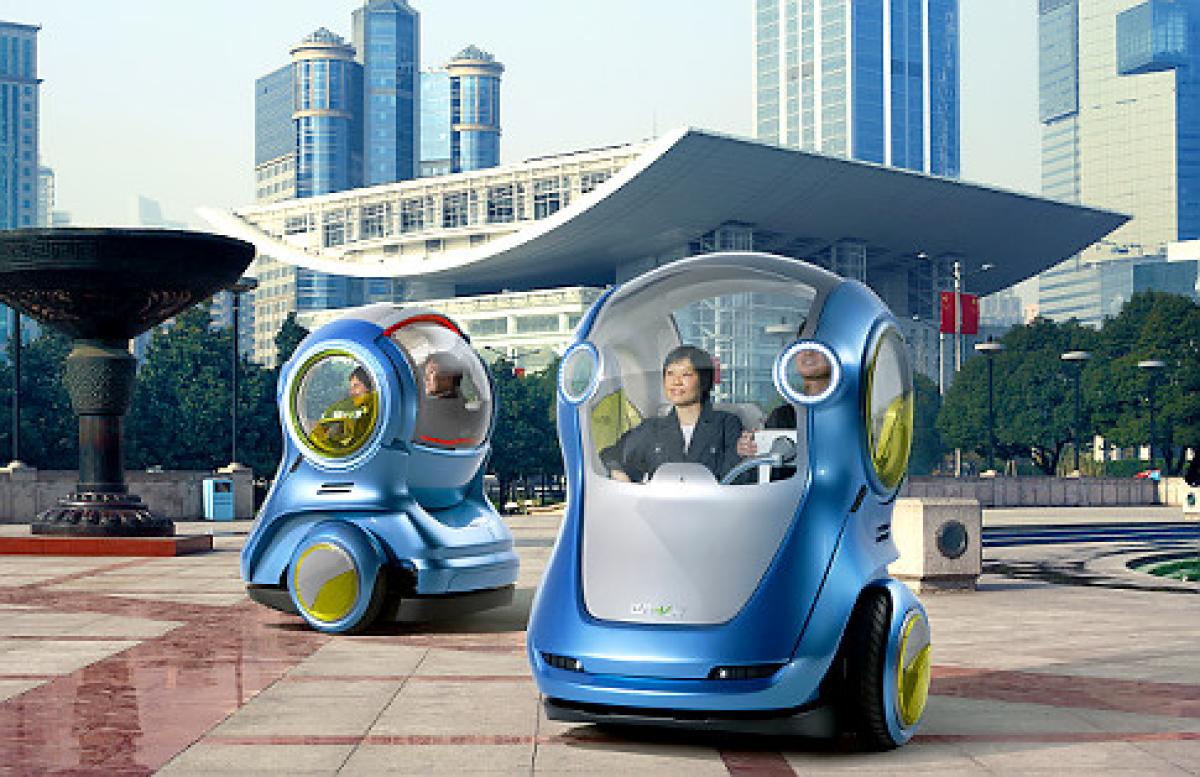We likely encounter barcodes every day, but hardly ever consider what they actually are. The Barcode Piano by Marco Triverio, Hao-Ting Chang, and Helle Rohde Andersen aims to change this, giving children (and adults, for that matter) the chance to explore the theory behind barcodes. By associating patterns, numbers, and sounds together, the piano uses the senses of sight, touch, and hearing to show how parts of a barcode can be put together to create information. Along the same lines, it also illustrates how changing one bit of the code can drastically alter the information to something completely different.
Each piano key has a section of barcode on top, along with the number that the pattern corresponds to. On the bottom of the key is a specific resistor, meaning that each key is read separately and, therefore, plays a different note. Sample, simplified barcodes are provided, each representing a product like a television set or a gallon of milk. When the keys are placed in order to match the barcode, that product will end up with its own signature ‘song’ much like how the typical UPC barcode you encounter at the supermarket will have its own signature information coded into it.
Barcodes are encountered more often that one might realize, on everything from consumer goods to packages to sporting event tickets. With new types of barcodes like the square, pixelated QR codes you can scan with your mobile phone, it’s becoming more important to realize just what exactly a barcode is and why such a simple pattern is able to contain such complex information. A project like the Barcode Piano sheds more light on this familiar, if overlooked, sight and makes it something hands-on rather than a boring, two-dimensional series of lines. Check out the video to see the piano in action. For more barcode geekery, check out this Barcode Watch Design, the Stickybits App, and Google’s Barcode Logo.
Via: Notcot

